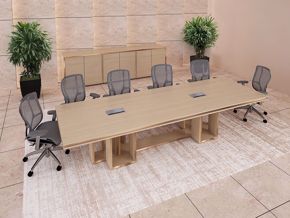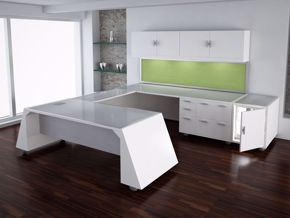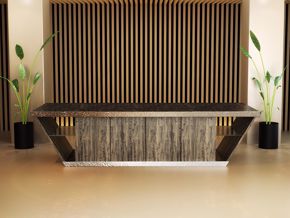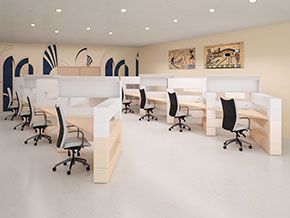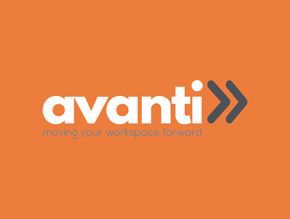Effective companies use data to create systems to grow by. From this data, they constantly invent new technology in order to better manage human capital. Currently, the technology side of things is being produced at a much faster rate than the human side of change. Technology seems to change every day, while humans adapt at a much slower rate.
While most of us would agree that technology is the lifeblood of change, I assert that few people consider design as a factor in the management of human capital. Many people are of the mind that if the technology/process works, the design part would be a nice thing to have, but it is not absolutely necessary.
Regardless of how fast technology grows, it’s the human side of things that drives the bus. Human beings implement the changes, use technology, and adapt to processes. Because this is true, design should play a huge part in the creation of systems that interact with humans. In my mind, designing things and environments around how humans think, work, and behave creates a more natural work environment rather than the other way around.
It is essential to consider human nature with technology and process.
Design All Systems with a Progressive Mindset
It is generally accepted that the purpose of technology is to help humans accomplish more work in the amount of same time, take a shorter amount of time to do same work, or accomplish something new and different. However, if the circumstances (boring, tedious, confusing) or environment (workplace furniture, lighting, arrangements) are frustrating or uncomfortable, any attempt at advancement will be counterproductive.
Design Easy Workplace Systems
The environmental systems we design for our office workplaces need to make sense to the user from a flow/productivity perspective. People tend to want to use systems that are comfortable and deliberate. Employing office design systems that make sense and are easy to use will inevitably help with speed, accuracy, and human compliance.
Make It Look and Feel Cool
Almost any experience we humans encounter that feels great—the way something looks, the way it feels, the way it works, the positive feedback you get—results in a dopamine rush. Modern office design, together with technology and process, should be cool enough to keep your users wanting more.
Personalize Office Systems
It’s no revelation that every company and every worker is different. We all work differently, with varying skill levels, strengths, and weaknesses. Designing workplace systems around teams or even individuals will help make the human element work more productively.
When bringing together design, technology, and structuring systems in the workplace, there are three factors to be considered:
- At the end of the day, what is it I want to have happen?
- What will I earn or save from what I need to invest?
- Will the company look better, feel better, work better, and advance human culture?
There is a certain feeling of authority when we have design, technology, and human capital all working together in the same direction. This can have an incredible impact on moving from the present moment into the future.


